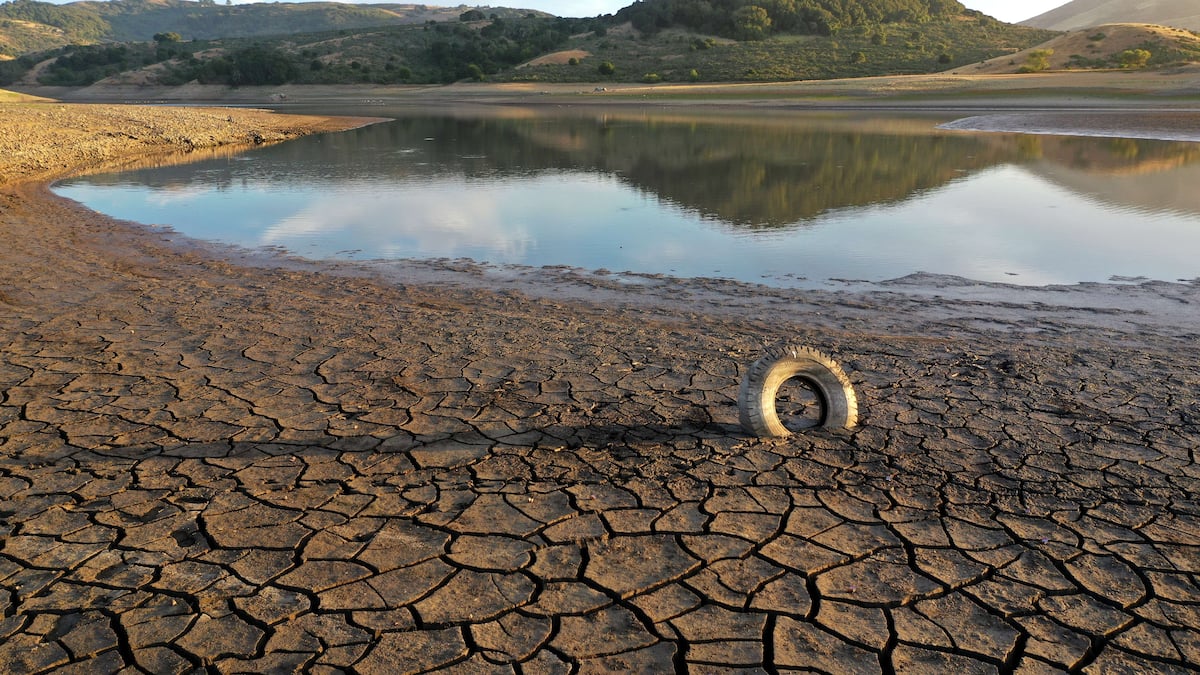
A study released Monday shows that the 20-year-old mega drought in southwestern North America is the worst on record in 1,200 years, which suggests that this episode, exacerbated by climate change, will likely continue into 2022.
• Read also: Climate crisis: political parties ‘separate’
The western United States and northern Mexico have experienced an exceptional drought since 2000, which has now exceeded two decades, making it possible to describe it as a “massive drought”.
“After an exceptionally severe drought in 2021, about 19% of which was attributed to human-induced climate change, 2000-2021 was the driest 22-year period since at least 800,” the researchers wrote in the scientific journal. The nature of climate change.
Because of extremely high temperatures and low rainfall between summer 2020 and summer 2021, this massive drought “exceeded the severity” of the late 1500s, which was previously the worst in 1,200 years that scientists reviewed, according to a statement from UCLA in Los Angeles.
And since 2000, the soil moisture deficit has been twice as large as during any drought in the 20th century.
In addition, this episode “will likely continue until 2022, reaching the period of the mega-drought in the late 1500s,” the study estimates.
Even if the rain returns, the effects are likely to persist over this region stretching from southern Montana to northern Mexico, from the Pacific Ocean to the Rocky Mountains.
“It is highly unlikely that this drought will end with just one rainy year,” commented lead author Park Williams, a geographer at the University of California, Los Angeles.
“Without climate change, the past 22 years will likely have been the driest in 300 years,” he said in a press release, but “without approaching the massive droughts of the 15th, 18th and 14th centuries.”
According to the study, climate change associated with human activities, which amplifies the bouts of heat waves and disrupts the rainfall regime, is responsible for 42% of the soil moisture deficit during the period 2000-2021 in this area, and 19% in 2021. .
This chronic drought in the western United States notably prompted the federal government last August to pass a decision for the first time in history to impose water restrictions affecting Lake Mead, the country’s largest artificial reservoir, fed by the Colorado River.






